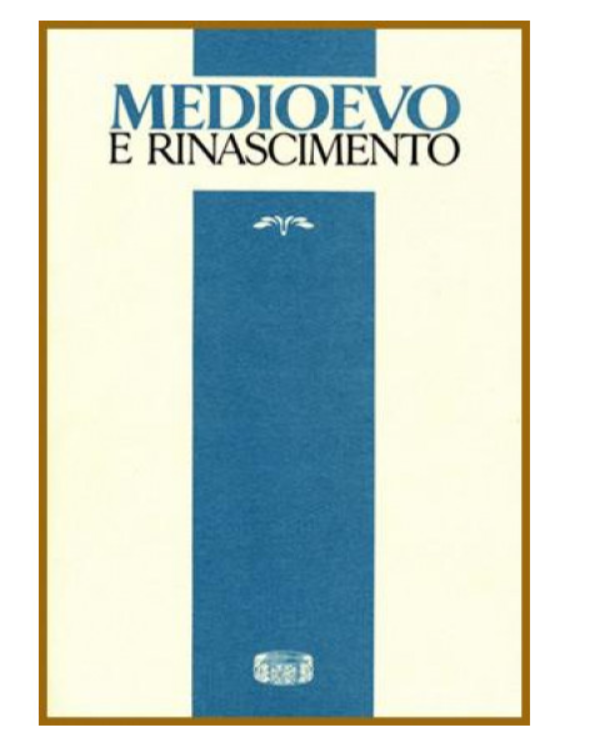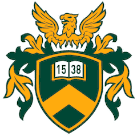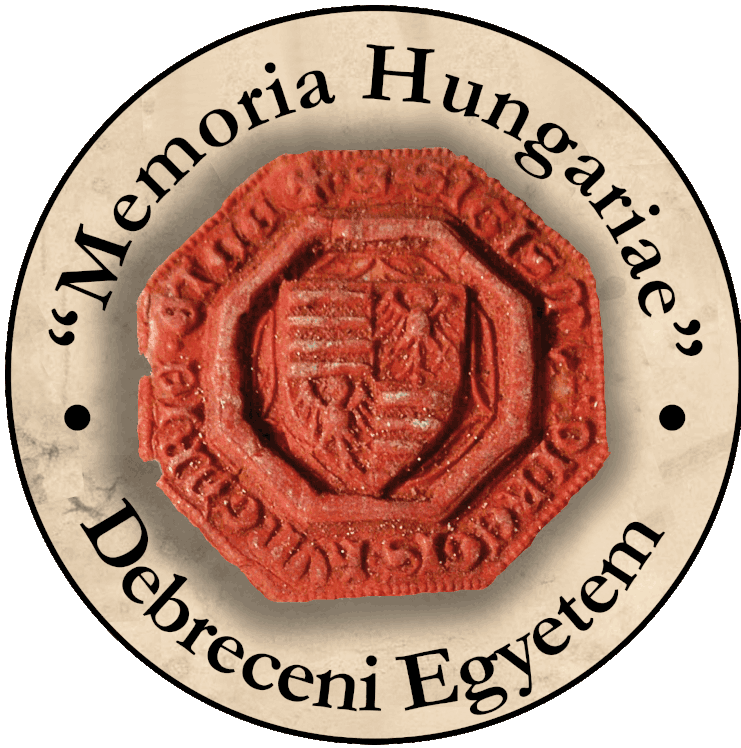
Megjelent a kutatócsoport tagjának, Visegrádi Renátának a tanulmánya az Università degli Studi di Firenze Dipartimento di Lettere e Filosofia tanszéke által kiadott, Medioevo e Rinascimento folyóiratban.
A tanulmány bibliográfiai adatai:
Renáta Visegrádi, „Correlazione tra cursus e punteggiatura in alcune lettere di stato di Coluccio Salutati”, Medioevo e Rinascimento, XXXVI – n.s. XXXIII (2022), pp. 63–86.
Coluccio Salutati utilizzò la punteggiatura e il cursus in modo consapevole e costante durante il lungo cancellierato fiorentino. Tra i due sistemi, prescritti anche dai manuali dell’ars dictaminis, si può osservare una correlazione, richiesta soprattutto nelle clausole. Tuttavia, i cursus si trovavano anche all’interno della frase: questi ultimi vengono qui esaminati e registrati quando preceduti da un segno di interpunzione di media forza. L’analisi si concentra sulle lettere di Stato scritte da Salutati durante il primo anno di cancellierato, cioè nel 1375. Si segnalano però brevemente le variazioni verificatesi in alcuni tratti e segni della punteggiatura nei decenni successivi. Il campione di sessanta lettere prende in esame la relazione tra i segni di interpunzione medi e forti – colum, interrogativus, exclamativus sive admirativus e coma – e i quattro cursus più comuni – velox, planus, tardus e trispondaicus. Dei 293 cursus totali l’86,34% è un cursus velox. Anche per Salutati come per i suoi contemporanei, il cursus velox era il più frequente e maggiormente preferito nelle clausole. Utilizza naturalmente anche il cursus tardus e il cursus planus, con una simile percentuale di occorrenze fra loro; mentre il cursus trispondaicus occorre soltanto in quattro casi. Nel corpus ho riscontrato anche sei casi in cui Salutati non utilizza il cursus, sebbene la prosodia medievale e la consuetudine lo avrebbero regolarmente richiesto.
Coluccio Salutati used punctuation and cursus consciously and consistently throughout his long Florentine chancellorship. Between the two systems, also prescribed by the manuals of the ars dictaminis, a correlation can be observed, especially required in clauses. However, cursus were also found within the sentence: these are examined here and recorded when preceded by a punctuation mark of medium strength. The analysis focuses on the state letters written by Salutati during the first year of his chancellorship, i.e. in 1375. However, the changes that occurred in certain punctuation marks in the following decades are briefly noted. The sample of sixty letters examines the relationship between the medium and strong punctuation marks – colum, interrogativus, exclamativus sive admirativus and coma – and the four most common cursus – velox, planus, tardus and trispondaicus. Of the total 293 cursus, 86.34 % are cursus velox. For Salutati, as for his contemporaries, the cursus velox was the most frequent and most preferred in clauses. He naturally also uses cursus tardus and cursus planus, with a similar percentage of occurrences between them; while cursus trispondaicus occurs in only four cases. I also found six cases in the corpus where Salutati does not use the cursus, although medieval prosody and custom would have regularly required it.


